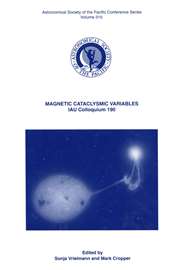No CrossRef data available.
Article contents
Herschel and the Construction of the Heavens
Published online by Cambridge University Press: 12 April 2016
Extract
The history of astronomy knows great telescope builders, great observers, and great theorists; but only William Herschel falls indisputably into all three categories. When he became a professional astronomer in the summer of 1782, he had already demonstrated his skills in the construction of big reflectors: the mounting of his 20ft still left much to be desired, but otherwise his mirrors, his eyepieces, and his mountings combined to give him a head start over any other astronomer in the examination of distant and therefore faint objects. And in little over a year after his arrival near Windsor Castle where he was to be available on occasion to show the heavens to the Royal Family, he completed one of the great telescopes of all time: his ‘large’ 20ft reflector, with mirrors of 18 inches diameter, and soon to be equipped with a stable ladder-type mounting so that telescope and observing platform could be rotated together by a single workman. This mounting he further improved and refined in the years to come, and meanwhile the telescope was his favourite instrument and in constant use during his twenty-year systematic search of the sky for nebulae. In his extreme old age it was refurbished under his direction by his son John, who resurveyed his father’s nebulae and then took the telescope to the Cape of Good Hope to extend the coverage to the southern skies. John’s General Catalogue of Nebulae and Clusters of Stars (1864) led to the New General Catalogue that astronomers use today.
Information
- Type
- History of the Discovery of Uranus
- Information
- International Astronomical Union Colloquium , Volume 60: Uranus and the Outer Planets , 1982 , pp. 55 - 66
- Copyright
- Copyright © Cambridge University Press 1982

